Persepolis, located near Shiraz, is one of the most significant archaeological sites in Iran and a UNESCO World Heritage site. Founded in the 6th century BC by Cyrus the Great, this ancient capital served as the ceremonial center of the Achaemenid Empire, showcasing the grandeur and power of Persian civilization.
The ruins of Persepolis are a breathtaking testament to ancient architectural and artistic achievements. The site features impressive monumental structures, including the majestic Apadana Palace, the Throne Hall, and the Gate of All Nations, each adorned with intricate bas-reliefs depicting scenes of tribute and celebration.
Visitors to Persepolis can explore the vast expanse of the ruins, walking through the grand staircases and colonnades that once welcomed dignitaries from across the empire. The detailed carvings and majestic columns reflect the exceptional craftsmanship and artistic vision of the Achaemenid architects.
The site also includes the imposing tombs of Persian kings carved into the nearby cliffs, with the most famous being the tomb of Darius the Great. These royal tombs further emphasize the historical significance of Persepolis as a symbol of power and legacy.
Persepolis not only represents the architectural splendor of ancient Persia but also embodies the rich cultural heritage of Iran. It remains a vital part of the nation’s identity, attracting history enthusiasts and tourists eager to connect with the legacy of one of the greatest empires in history.


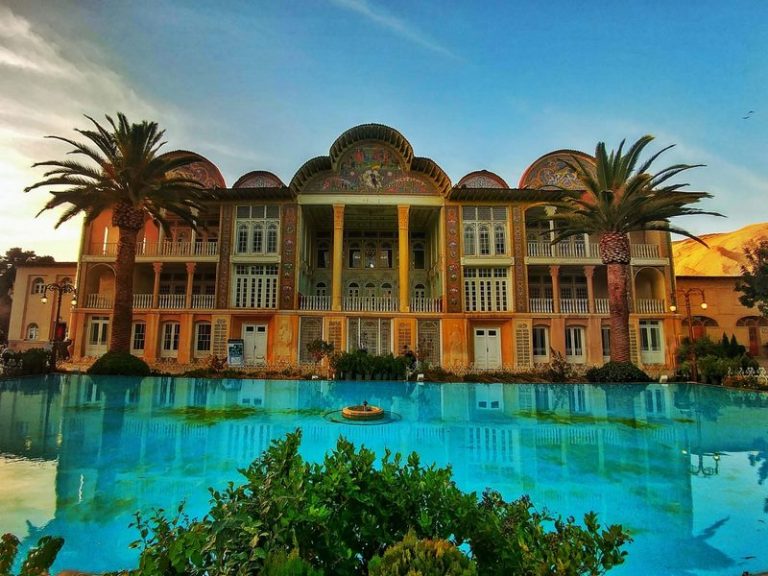
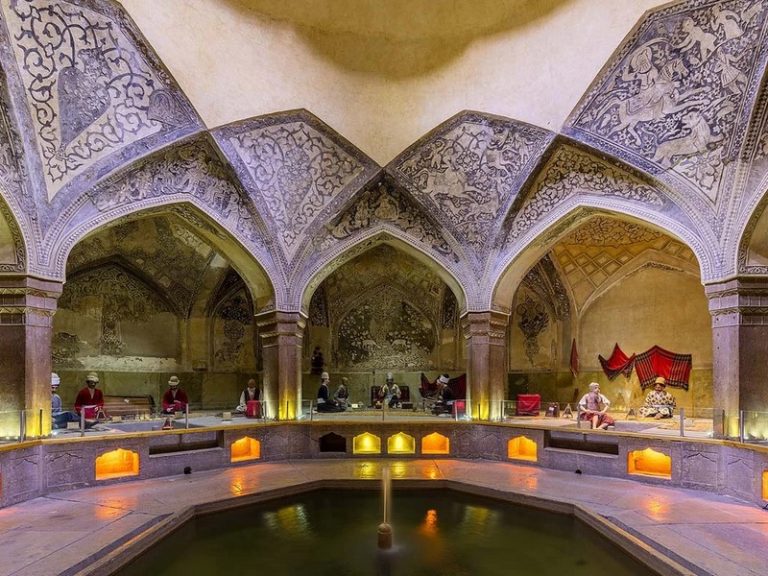
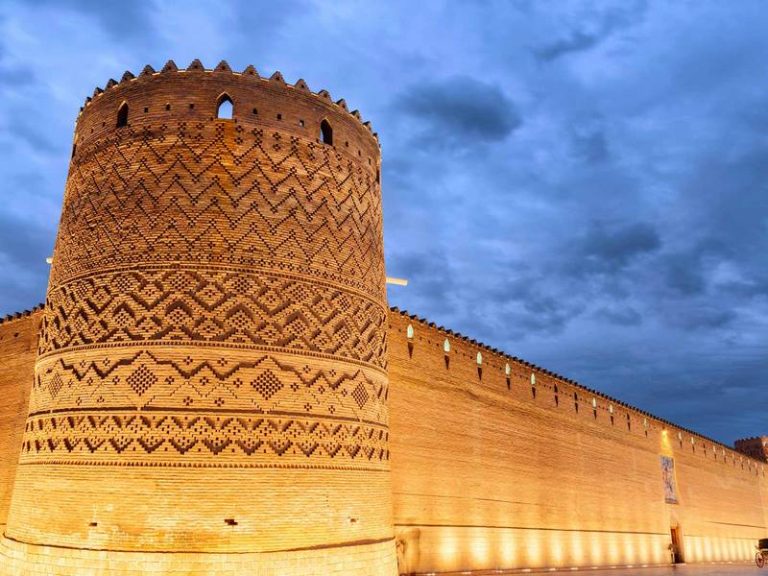
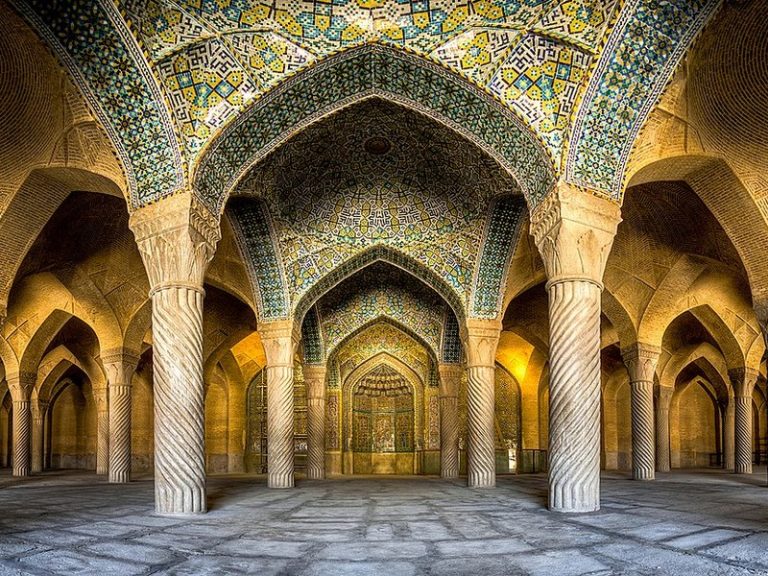
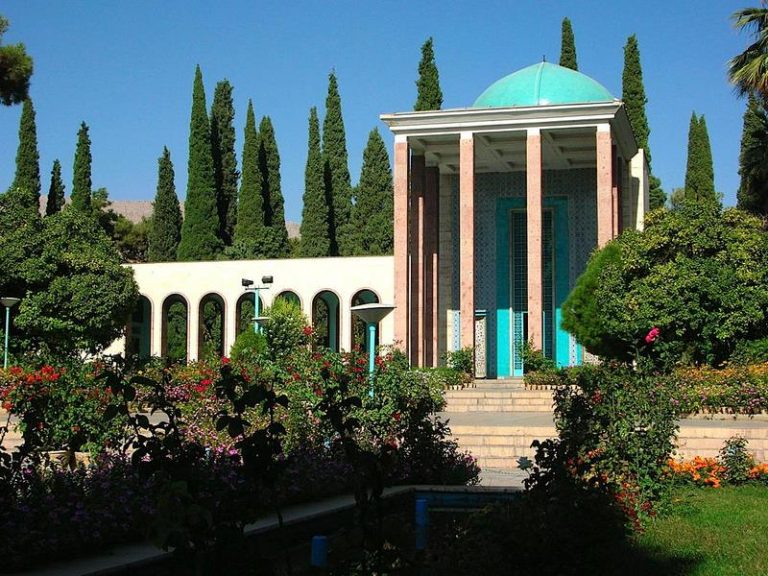

0 Comment